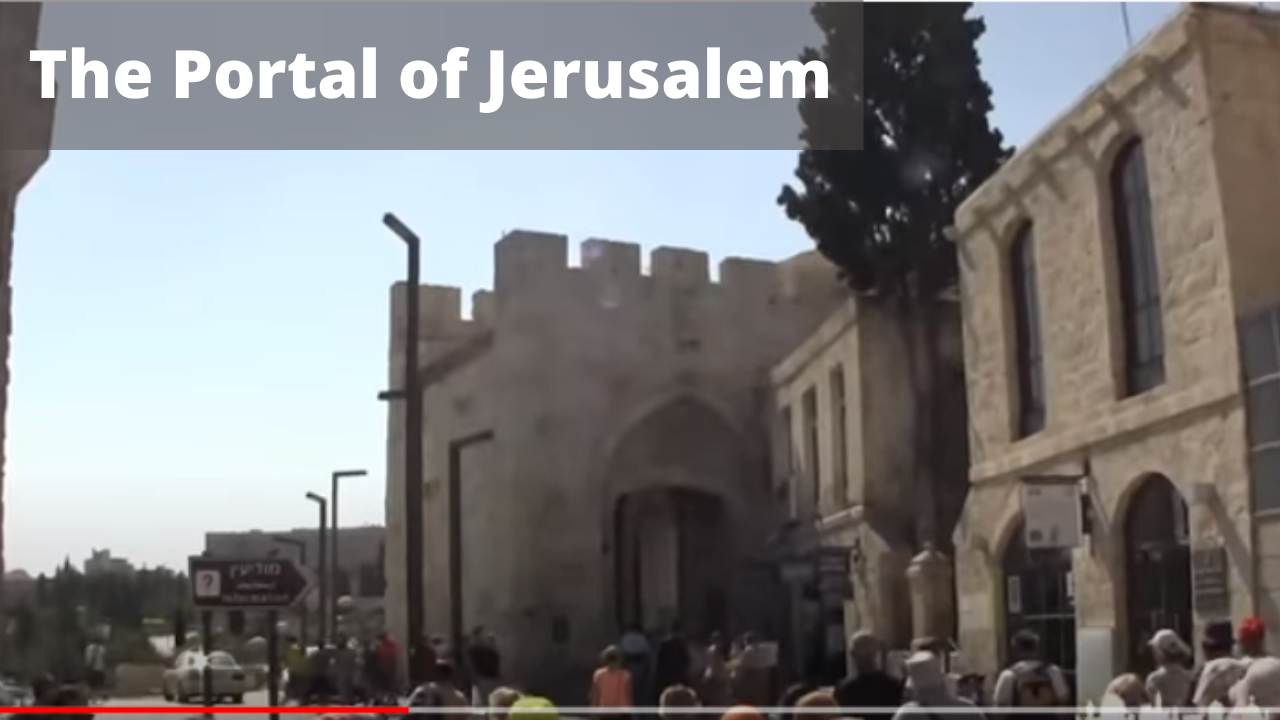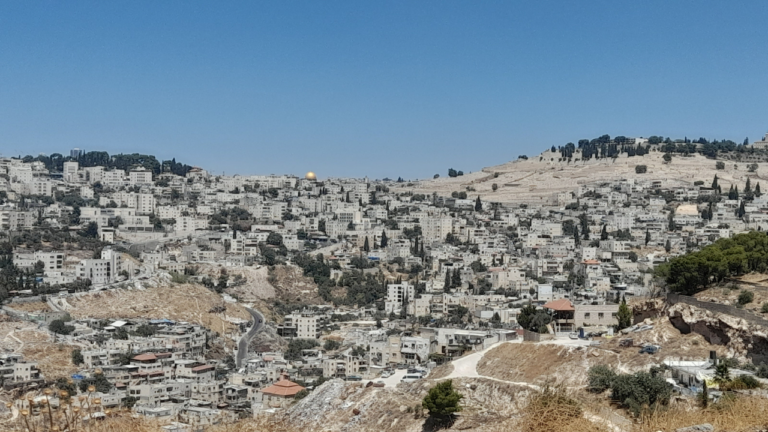The Portal of Yerushalayim
Besides the basic wood and tar necessary to build a boat, God tells Noah that the teivah requires one more item: “A Tzohar you shall make for the teivah.” What is a Tzohar? Rashi cites two opinions from a midrash:
Some say [that it was] a window, and some say [that it was] a precious stone, which gave them light.
What is the meaning of this debate? Or, in other words, what can we learn from this historical debate?
Rabbi Jonathan Sacks, may God grant him health, suggests that these two opinions represent two different approaches to relating to the surrounding culture. The teivah which means both “boat” and “word” [of Torah] represents the insular Jewish world. Inside the box or Torah, we are protected from the tumultuous storms of the outside world and live in a cocoon of holiness.
With this symbolism in mind, the identity of the Tzohar can have great ramifications. Defining the Tzohar as a precious stone means that the teivah is totally cut off from the outside world. The teivah has its own independent light and does not require any illumination from the outside. This would mean that we as Jews should just focus on our own internal affairs and our own Torah and try as much as possible to ignore what goes on outside.
The Tzohar as a window, though, would mean the opposite. While the people inside the teivah remain predominately within its safe confines, there must be a window at least that connects the Jewish people to the outside world and the Torah to other forms of wisdom. While we should
primarily focus on Torah there must be a window which allows us to export some Torah values to the outside while simultaneously integrating the best of what is formulated in the outside world.
Rabbi Sacks argues that the proper approach depends on one’s historical time period. When the outside world is hostile to the Jewish people and their message, then the best approach is to remain within the teivah. However, when the outside world is open to communication and the free exchange of ideas, it is preferable to open a window to the outside.
Using these two poles as a model, it is striking that Yerushalayim synthesizes them. This integration of both approaches can even be seen from the name “Yerushalayim” itself. On the one hand, Yerushalayim is “shalem” or complete. Yerushalayim represents Jewish self-sufficiency. We have our perfect Torah, our Land, our capital and that should be our focus.
However, Yerushalayim is also about “yeru” or a sense of vision. As one stands on Har HaBayit one gains a broad vision that can gaze upon all of humanity as one. Even as the capital of the Jewish people, Yerushalayim is described by the Navi as an international city, where people of all stripes and cultures will meet. While in the messianic era they will all serve the one true God, each group will presumably come with its own culture, dress and mode of expression.
Accordingly, Yerushalayim represents a beautiful synthesis of both meanings of both meanings of Tzohar. May we merit to experience both levels of Yerushalayim.



